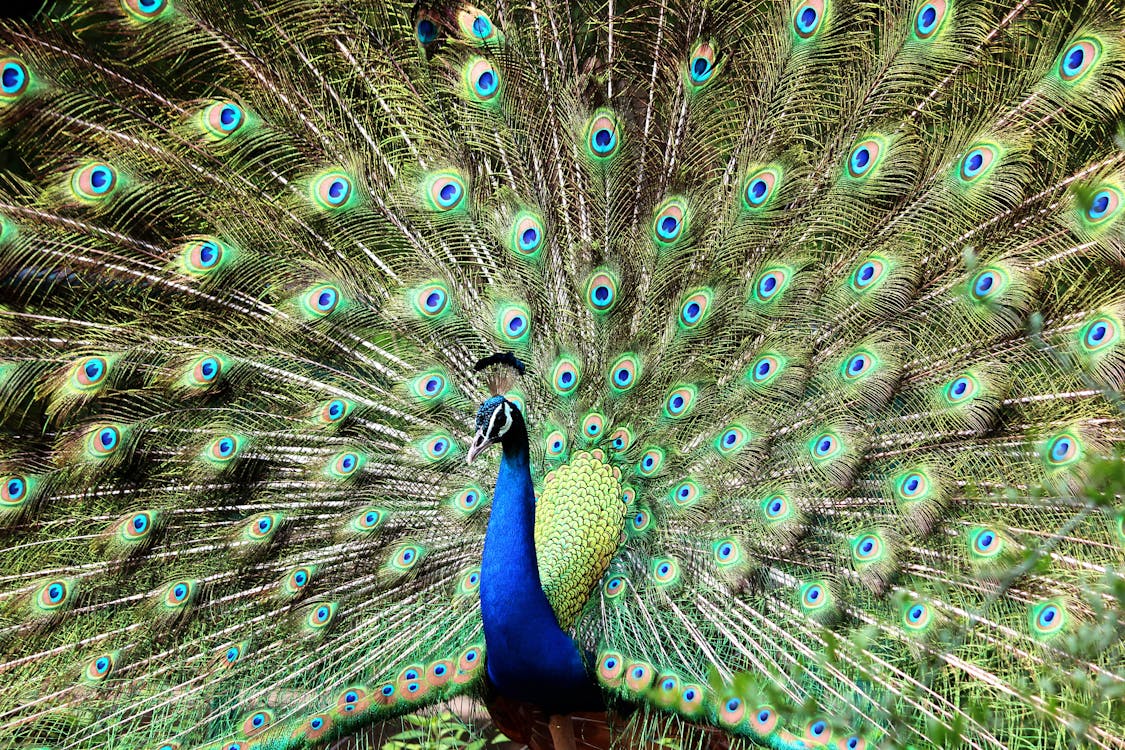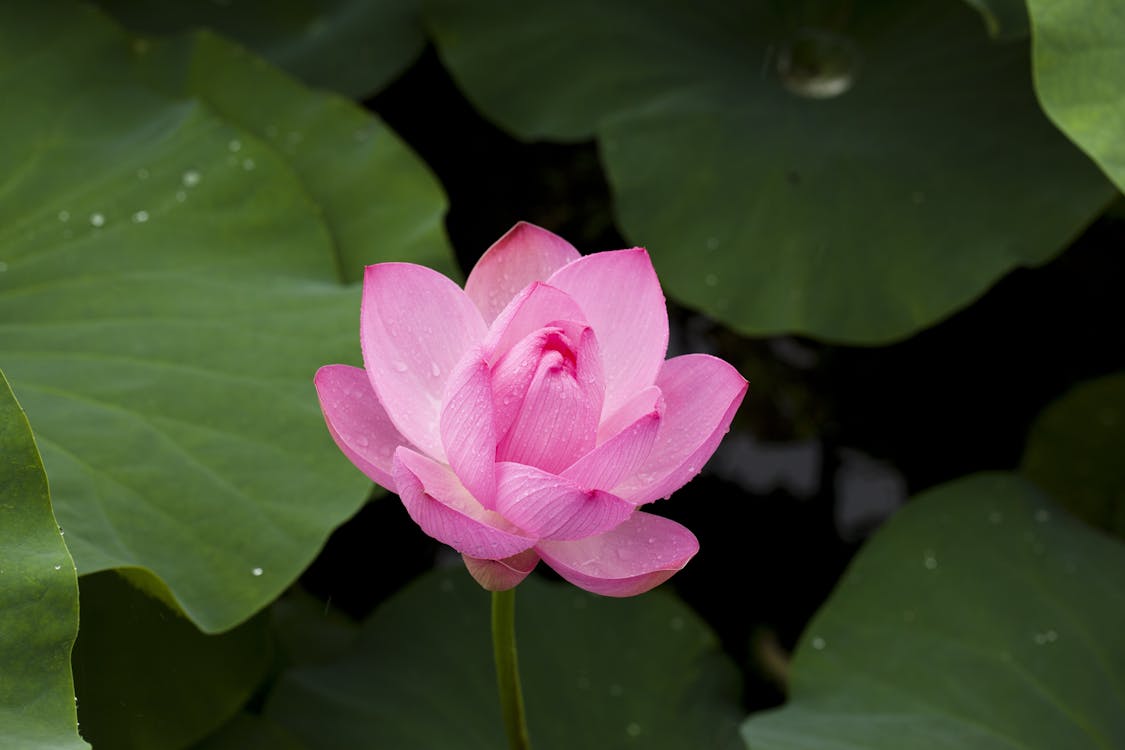India's Iconic Emblems: Exploring the National Symbols That Define a Nation
India, a land of diversity and cultural richness, proudly boasts a plethora of national symbols that reflect its storied history and vibrant heritage. From the majestic national bird to the soul-stirring national anthem, let's embark on a journey to explore the iconic emblems that define the essence of India.
The National Flag: Tiranga

India's national flag, known as the "Tiranga," is a symbol of unity, courage, and sacrifice. Its three horizontal stripes of saffron, white, and green represent courage and sacrifice, peace and truth, and faith and chivalry, respectively. The central Ashoka Chakra, a wheel of law, symbolizes progress and righteousness.
The National Emblem: Sarnath Lion Capital
Adorning official documents, government buildings, and currency notes, the Sarnath Lion Capital is India's national emblem. This ancient sculpture depicts four lions standing back to back, symbolizing power, courage, pride, and confidence. The wheel beneath them, the Dharma Chakra, represents righteousness.

The National Anthem: "Jana Gana Mana"
Written by Nobel laureate Rabindranath Tagore, "Jana Gana Mana" is India's soul-stirring national anthem. It embodies the spirit of unity in diversity, paying homage to the vastness and diversity of India. Sung with pride and reverence, it unites the nation in patriotic fervor.
The National Bird: Indian Peacock
The Indian peacock, with its resplendent plumage and graceful dance, holds the esteemed title of India's national bird. Symbolizing grace, beauty, and vibrancy, the peacock is revered in Indian culture and mythology, often associated with rain and fertility.

The National Flower: Lotus
Elegantly blooming in serene waters, the lotus is India's revered national flower. Symbolizing purity, divinity, and eternity, the lotus holds deep cultural and religious significance in Indian traditions. Its pristine petals and unwavering resilience make it a fitting emblem for the nation.

The National Animal: Bengal Tiger
Roaring with strength and majesty, the Bengal tiger reigns as India's national animal. A symbol of power, agility, and resilience, the tiger represents India's rich wildlife heritage. Despite its endangered status, efforts are made to protect and conserve this magnificent creature.

The National Tree: Banyan Tree
The Banyan tree, with its sprawling canopy and longevity, stands tall as India's national tree. Revered for its shade, medicinal properties, and mythological significance, the Banyan tree symbolizes wisdom, longevity, and eternal life.
Celebrating India's Cultural Tapestry
Each of these national symbols weaves a vibrant tapestry of India's rich history, diverse culture, and enduring spirit. From the soaring heights of patriotism echoed in the national anthem to the graceful dance of the peacock, these emblems evoke a sense of pride and unity among Indians.
As we cherish and celebrate these iconic symbols, let us remember the values they represent—unity, diversity, strength, and resilience. They stand as a testament to India's indomitable spirit and the colorful mosaic of its people.

India's national symbols are not just emblems; they are reflections of a nation's ethos, values, and aspirations. From the fluttering Tiranga to the regal Bengal tiger, each symbol tells a story of India's past, present, and future.As we embrace and honor these symbols, let us carry forward the spirit of unity, diversity, and resilience they embody. They are not just icons; they are the beating heart of a nation, echoing through the ages. So, the next time you see the majestic Bengal tiger or hear the stirring notes of "Jana Gana Mana," take a moment to reflect on the rich tapestry of India's heritage. These symbols are not just part of history—they are the living, breathing soul of a nation.
May we always cherish, protect, and celebrate the vibrant national symbols that make India truly incredible!

 Cricket Score Counter
Cricket Score Counter Heads or Tails
Heads or Tails
You have not logged in, please Login to comment.